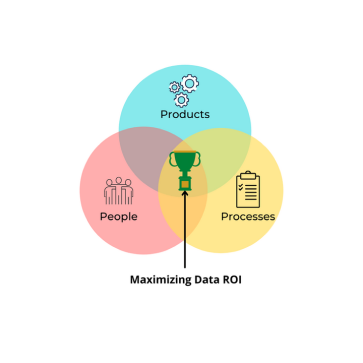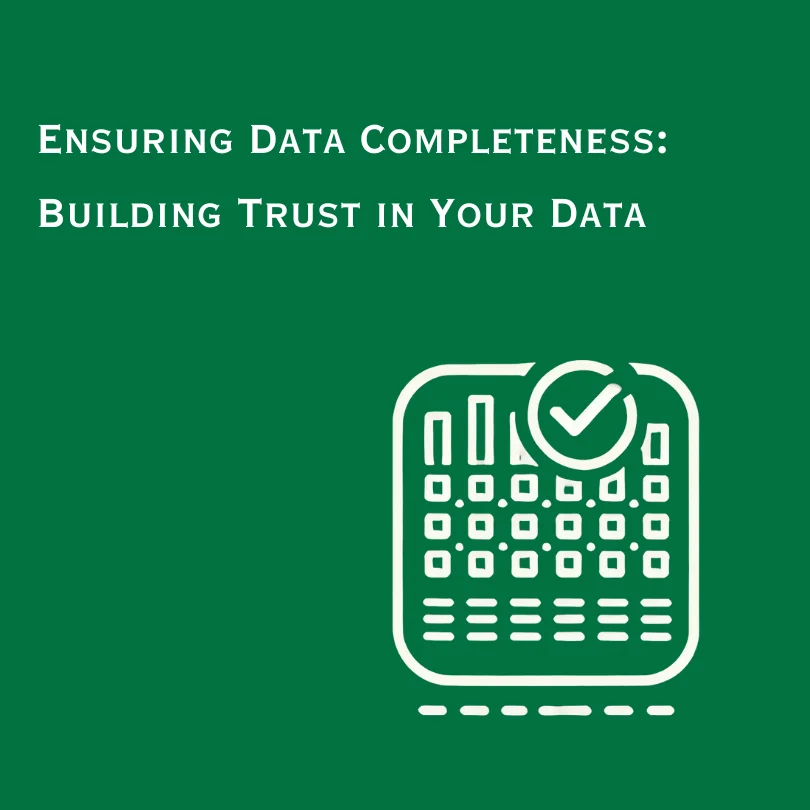DataOps for Digital Transformation
Explore the transformative power of DataOps in the digital era with Telm.ai. Learn how operationalizing data, through extensive collaboration, automation, and resilient systems, can deliver continuous high-quality output, enabling businesses to keep pace with the increasing complexity of data in real-time.

DataOps for Digital Transformation
In recent conversations, I’ve often been asked about DataOps and how Telm.ai fits in. So here is my point of view on how we can shift the conversation around Data.
In the perfect world, data would be predictable, trustworthy, flexible, and yield a high ROI without much effort.
But most businesses that deal with copious amounts of data know first hand that this is not the case. Many businesses are in need of the best quality and reliable data today, and that’s already too late.
In the last decade, digital transformations have been at the forefront for many businesses, and with this shift, processes need to be in place to ensure data is ready to be used in real-time, with minimum latency. However, data complexity due to volume and velocity has increased greatly, and despite a Gartner report that states 75% of all businesses will shift to operationalizing AI, the data infrastructure has yet to catch up.
The solution? Re-think how data is handled end-to-end. Operationalize Data.
By making a conscious effort to implement Data Operations, emphasizing extensive collaboration, automating various aspects of the ever-evolving nature of data, building resilient systems, technology, and implementing targeted roles; data products can deliver continuous high flow quality output that you can depend on.
As defined by Michele Goetz in her Forrester paper DataOps For The Intelligent Edge Of Business, “DataOps is the ability to enable solutions, develop data products, and activate data for business value across all technology tiers, from infrastructure to experience.”
Using the Agile and iterative methodology for faster and ever-changing requirements that is well known by the data science and engineering professionals, data operations are now getting traction.

More and more enterprises are rapidly realizing this need and making the shift today by re-defining with the 3 P’s:
- Processes
Due to the fluid nature of data and business requirements, having documented processes that determine the source of data, how they persist and flow in and out of dependent systems, ensuring that business requirements are executed as short bursts of agile lifecycle modules allow for high-quality output, faster turnaround times and collaboration across various data expert teams. Data management and data governance are prominent logistics and strategy based processes that have demonstrated value to data quality and business financial decisions.
- People
To respond to the growing data needs, personnel with specific roles and responsibilities are needed to collaborate towards an intelligent solution – data specialists, engineers, scientists, analysts, architects. Each layer of roles cater to specific operational needs, from building, testing, and maintaining environments, analyzing the quality of data using monitoring tools, to integrating and consuming data systems for business decision making.
- Tools
Tools help people increase productivity and improve performance. DataOps equipped with intelligent, advanced, and real-time systems cut the overall cost by reducing manual intervention and providing diagnostic incident reports of anomalies for a faster turnaround. The expectation of most organizations has been redefined by using high performing, on time machine learning technology that can automate tasks like managing data in motion, automation, monitoring data at a semantic level, analyzing, improving data quality, and notifying data engineers as soon as issues are discovered.
By making a conscious effort to implement Data Operations, emphasizing extensive collaboration, automating various aspects of the ever-evolving nature of data, building resilient systems, technology, and implementing targeted roles; data products can deliver continuous high flow quality output that you can depend on.
Where does Telm.ai fit in DataOps?
Our intelligent real-time monitoring fills in for tedious, time-consuming rule-based data quality systems requiring intensive human intervention. A self-training machine learning model that performs deep semantic analysis to ensure accuracy, completeness, timeliness, and consistency, allows for detection in data drifts as they occur, supporting streaming as well as batch processing is a perfect fit in a DataOps environment for today’s complex pipelines.
As Michele states, “DataOps speeds up delivery and improves its product
quality with data pipeline intelligence. Go beyond standard lineage analysis and find capabilities to do deep metadata and code analysis of pipelines. Incorporate test automation, managed services, and database automation to continuously monitor performance, commits, quality, and cost.“
Automating using tools that add value and go beyond traditional modus operandi will improve product quality, and at the end of the day, if data is trustworthy, you see an immediate return of value in business and financial decisions.
#dataengineering #dataops #dataobservability #telmai #dataquality
- On this page
See what’s possible with Telmai
Request a demo to see the full power of Telmai’s data observability tool for yourself.
